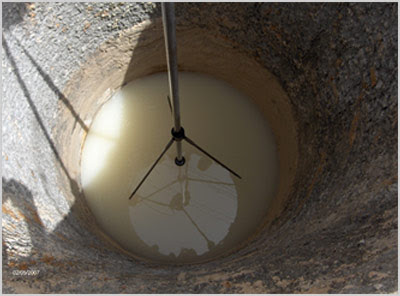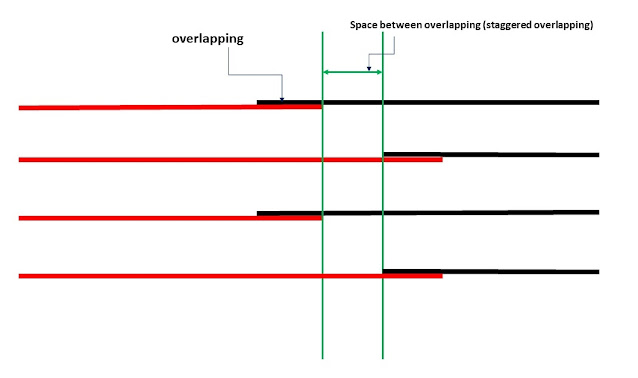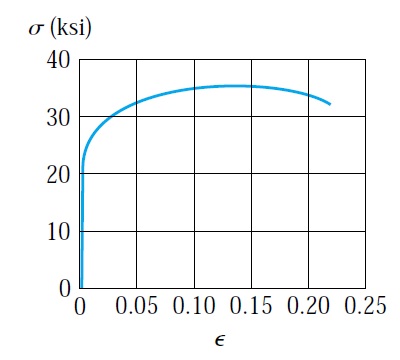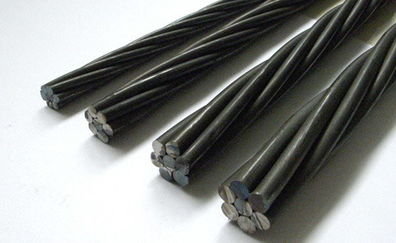Caliper logging test

Caliper log tools are used to measure the diameter of a pile shaft. This technique is not limited to pile foundation applications but can be utilized in various fields. A caliper logging test provides detailed measurements of the pile shaft diameter at different depths, making it essential for verifying the cross-section of the shaft. The size of a drilled shaft can vary, and in some cases, it may be smaller than the required dimensions. Additionally, due to differential pressure in the surrounding soil or rock layers, some pile shafts may develop an oval shape instead of a uniform circular cross-section . Figure 1 construction management: concrete construction bridge construction:How to become a bridge engineer

















